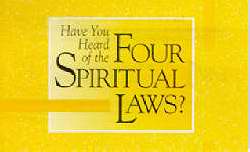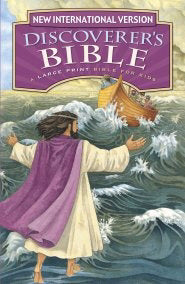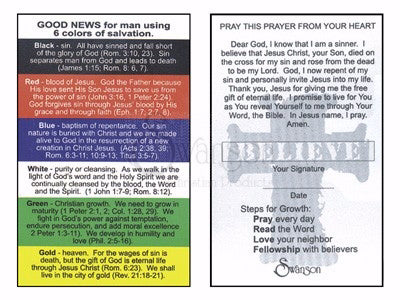by Anchor
SKU: 255217
Save 10%
$24.99
$22.49
An introduction to philosophy and how the tools it offers believers, can help them understand, articulate, and defend their faith in an age of unbelief. Covering the most pressing questions of the modern world, Believing Philosophy explains what\'s at stake in these questions while explaining the most promising Christian responses.Philosophy has been a part of Christianity since its earliest days, and theistic philosophy predates Christianity by thousands of years. But Christians today often don\'t realize or are skeptical of all that philosophy can offer them. Believing Philosophy introduces Christians to philosophy and the tools it provides to believers, helping them understand, articulate, and defend their faith in an age of unbelief.In Part 1 of the book, author Dolores G. Morris explains why Christians should read and study philosophy. She begins with a helpful historical overview of Christian philosophy from the church fathers to contemporary philosophers and then introduces the basic resources of philosophical reasoning: the role and aim of reason, distinctions between truth and reason and provability, and learning to read like a philosopher. These chapters address three foundational questions:What is philosophy?Why should a Christian study philosophy?How should a Christian study philosophy?In Part 2, Morris introduces students to philosophical arguments and questions relevant to Christians. She presents arguments by three key branches of philosophy: metaphysics, epistemology, and practical philosophy. Building on concepts introduced in Part 1, she explains what philosophical arguments are and how they ought to be evaluated from a philosophical and Christian perspective. The following chapters examine specific questions most pressing for Christians today:The problem of evilRationality and faithFree willSkeptical theismThe moral argument for the existence of GodReformed epistemologyEach chapter introduces the problem, explains Christian responses, discusses the strengths and weaknesses of each response, and leaves the final verdict to the reader. Finally, each chapter concludes with a list of recommended further readings





